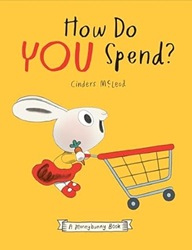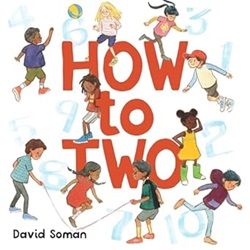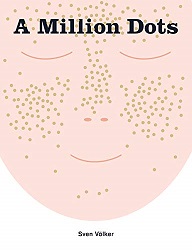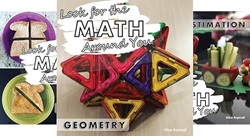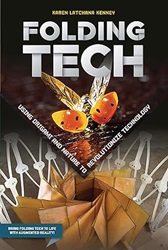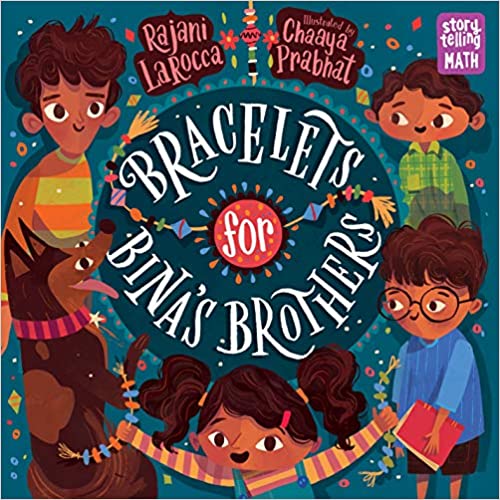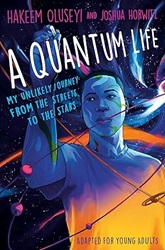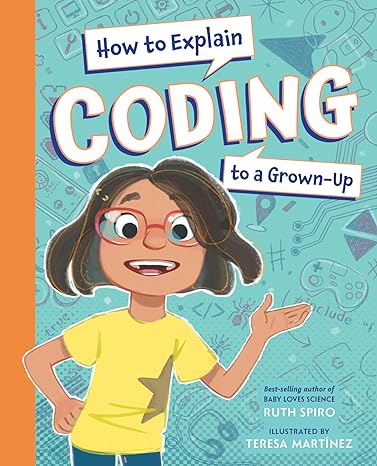Review of How Do You Spend? by Cinders McLeod
A Moneybunny Book
by Cinders McLeod
Nancy Paulsen Books (Penguin Random House), 2024. 32 pages.
Review written October 31, 2024, from a book sent to me by the publisher.
Starred Review
How Do You Spend? is a perfectly pitched introduction to spending money for very young children.
Here’s how it begins:
Carrots are money in Bunnyland,
and Bun has saved a lot!How will Bun spend her carrots?
The following spreads show how Bun spends her carrots. Each page has the format across the top, “Sometimes Bun spends…” with an adjective. The picture shows that day’s spending, and across the bottom you have in a child’s print: “Today I spent x carrots.” with the x filled in with the number spent. I appreciate that on every page, you can see and count the carrots spent.
I appreciate that the book starts with adjectives a young child is more familiar with – Fast (and a picture of Bun running with a shopping cart that is filling up) and Slow (and Bun taking a ride on one of those stationary rides in front of a grocery store).
But the book does go on to pairs like Expensive and Cheap, Ordinary and Exciting. And I like the pairs For Tomorrow (showing piano lessons that cost 2 carrots per month and 24 carrots for a year) and For Today (buying Bunny Hop tickets), and On Herself (ice cream), and On Others (flowers she gives to another bunny).
It’s just a super simple conversation-starter for a young child, ending with the question, “How do you like to spend?” So simple, but so engaging. Basically, you can talk about feelings or the physical act of spending or about numbers – or anything that enters a child’s head.
This book is part of a series. Our library already has one, and I’m planning to order the rest.
Moneybunnies.com
CindersMcLeod.com
Find this review on Sonderbooks at: www.sonderbooks.com/Picture_Books/how_do_you_spend.html
Disclosure: I am an Amazon Affiliate, and will earn a small percentage if you order a book on Amazon after clicking through from my site.
Disclaimer: I am a professional librarian, but the views expressed are solely my own, and in no way represent the official views of my employer or of any committee or group of which I am part.
What did you think of this book?
